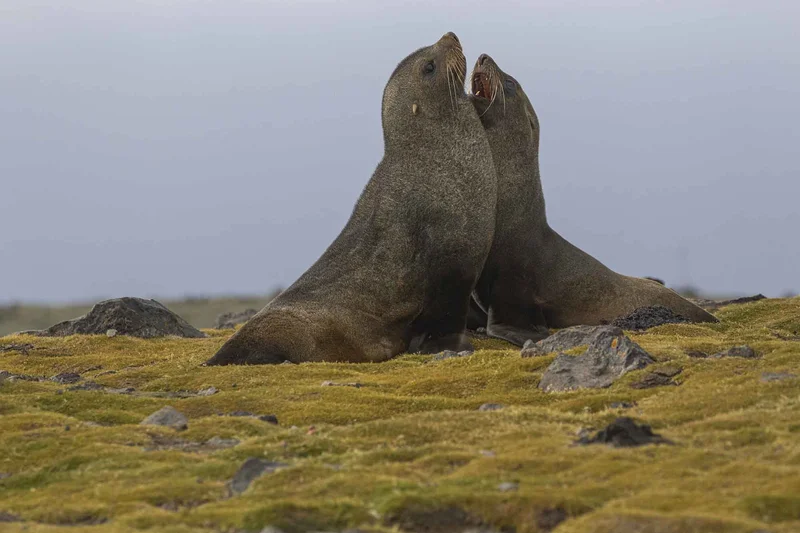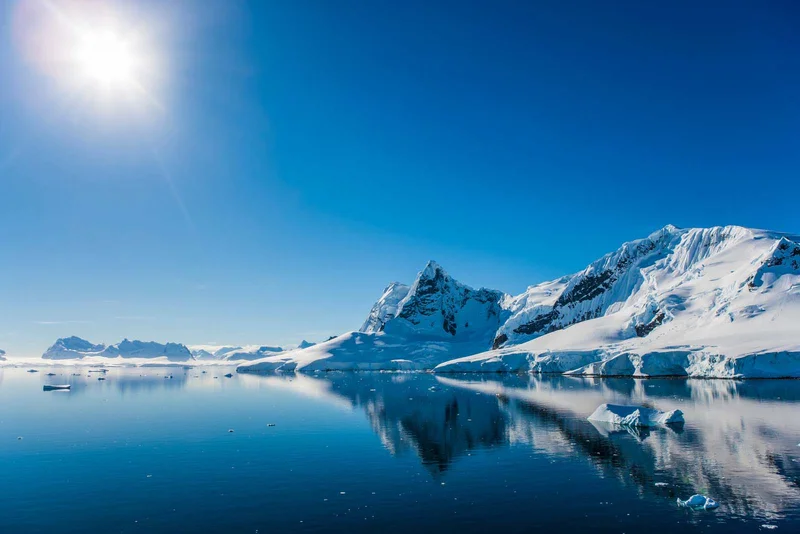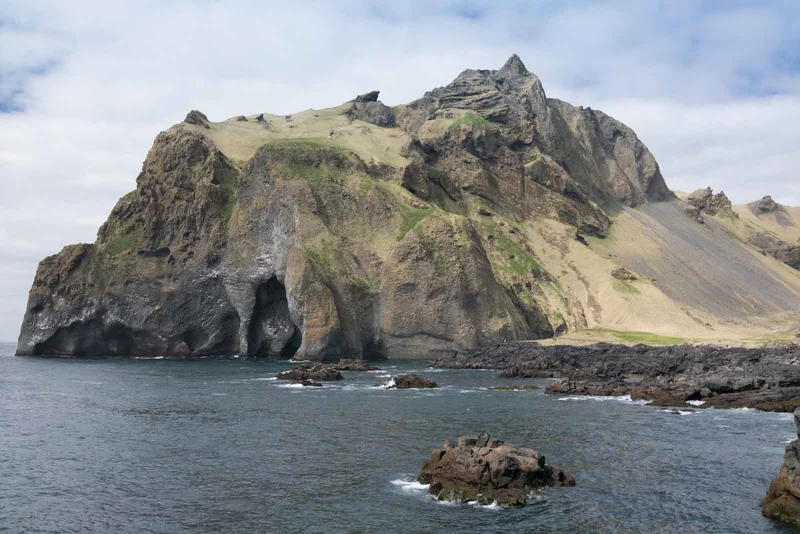
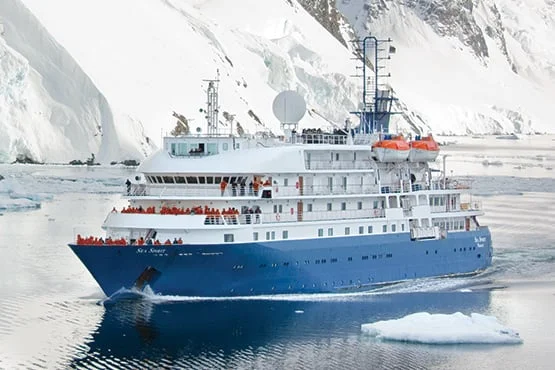
12 Day Artic Itinerary
Day 1: Oslo
Oslo was named the "Green Capital of Europe" in 2019. You'll be staying in a hotel near the Oslo Airport so you can easily catch your flight on Day 2 to Longyearbyen.
Take the airport train to central Oslo, if you are adventurous and have time. Trains depart and arrive throughout the day. Oslo Central Station is surrounded by shops, cafés, the Botanical Garden and cultural attractions.
Day 2: Longyearbyen & Isfjorden
Day 3, 4, 5, 6, 7, 8, 9, 10 & 11: Spitsbergen, Svalvard
This voyage aims to circumnavigate Spitsbergen, which is the largest of the Svalbard islands. We hope to see the amazing High Arctic region in all its facets. Weather and ice will determine our exact itinerary and route. We hope that ice conditions are favorable during this mid-summer journey, but we also expect to see plenty of sea-ice for animals like walruses and polar bears who depend on ice. This itinerary allows you to see Spitsbergen in all its glory, as well as visit the four main islands of Svalbard.
South Spitsbergen National Park is the first of several pristine areas that you will visit on your trip. This vast area features a variety of landscapes, including deserts polar and mountain ranges impassable. Hornsund is the centerpiece of this beautiful park, where numerous mighty glaciers flow from mountaintops to icy bays. This park includes Bellsund's southern shores. Here, we can see the remnants of historic whaling operations including wooden boats, cabins and thousands of bones of whales. There is a good chance of seeing wildlife in the entire park. You can also enjoy world-class hikes through amazing geology and wild landscapes in the polar regions. This is the time of year when wildflowers are in abundance.
The Southeast Svalbard Nature Reserve is next on our itinerary. This pristine wilderness contains hundreds of uninhabited island. We discover the largest population of Svalbard endemic reindeer on the islands Edgeoya & Barentsoya. During this period of the year, we may be able to see reindeer calves. These valleys also serve as important nesting areas for birds that lay their eggs on the ground, such as geese and eiders. Arctic foxes scour the landscape in search of food to feed their cubs. Walruses feed on shallow, murky waters. They can often be found resting along gently sloped beaches. The historical sites on the islands offer a glimpse into the trapping and hunter's era.
We expect that during this trip, we will encounter the highest concentrations of sea-ice within the vast Northwest Svalbard Nature Reserve. This remote, isolated area can have ice that persists well into summer. It has a polar feel. The reserve includes the northwestern part of Spitsbergen, as well as the entire Nordaustlandet island. The massive Austfonna Ice Cap is located here. A 45 km long ice cliff called Brasvellbreen, which forms part of it, meets the ocean. It's one of the wonders of Arctic World. In the polar desert, there is little vegetation. However, seabirds breed at the sea cliffs in Alkefjellet. In this frozen wilderness, the chances of seeing polar bears or walruses are very high.
Nordaustlandet is likely to be near the edge of the pack ice at this time of the year. This dynamic border between the sea and ice will give us a unique opportunity to observe polar bears and their seal friends in action. The ship will be brought as near as possible, safely and securely to these constantly moving ice floes. This is our best chance of seeing polar bears at their natural habitat.
We finally reach the Northwest Spitsbergen National Park. This is Svalbard’s crown jewel. We find deep fjords, flanked with serrated mountain ranges. Huge tidewater glaciers are calving huge icebergs in turquoise water. The seabird breeding period is at its peak during our trip, and we will see millions of murres (seabirds), guillemots (seagulls) and little auks in the sky. It is also the perfect time to see marine mammals such as belugas, Arctic seals, and other Arctic species. In the midst of this amazing scenery, wildlife and activity we can also see evidence from Svalbard’s first sealers and whaling.
Ny Alesund is a town that was once inhabited by a mining community and an airship base, but now houses arctic researchers from around the world. It is the most northern settlement in the world, with a post office, gift shop and museum.
Svalbard's ambitious Polar Ice Edge and Svalbard route provides a complete view of Arctic. Each day brings something exciting and new. The opportunity to see incredible Arctic scenery and wildlife as well as walk in the steps of historical expeditions will never be missed.
Day 12: Longyearbyen
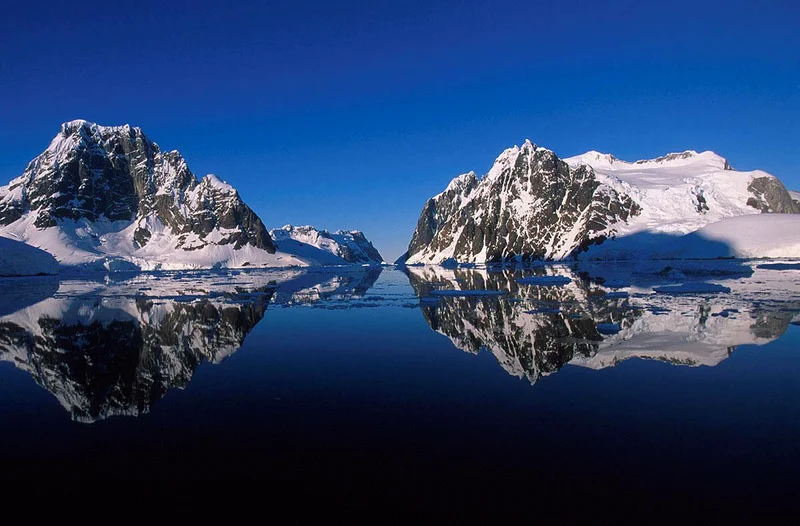
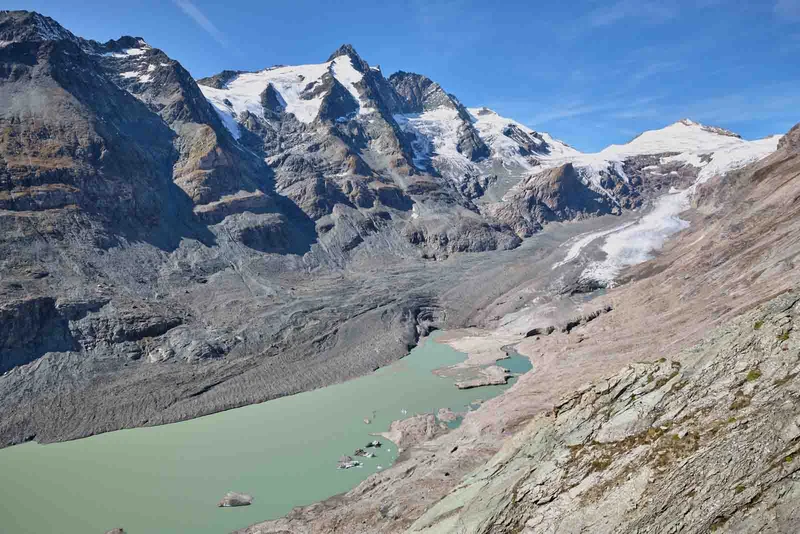
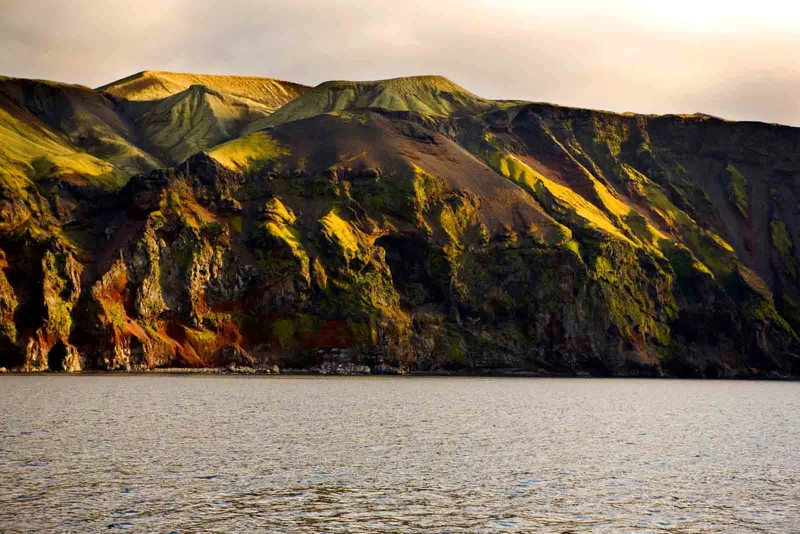
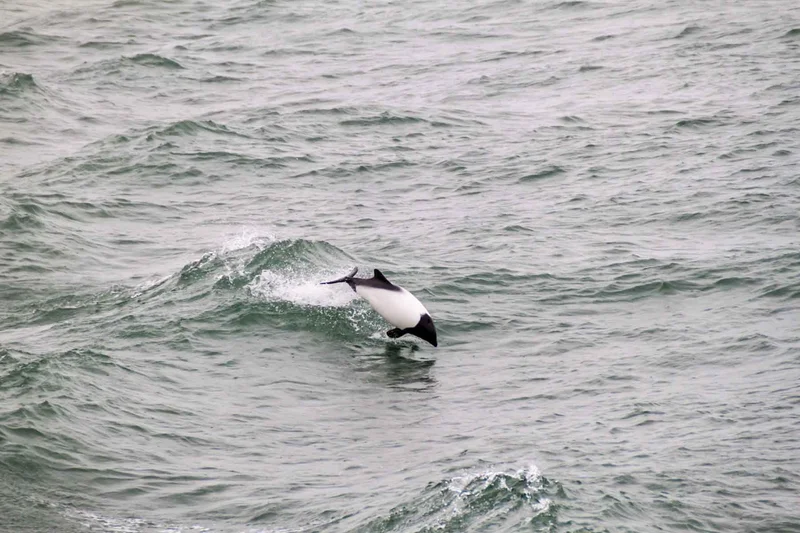
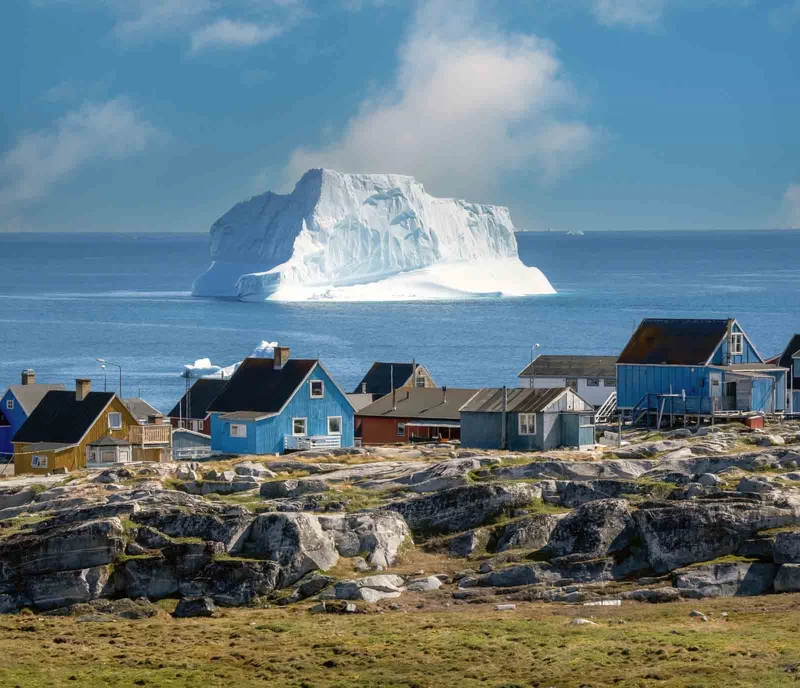
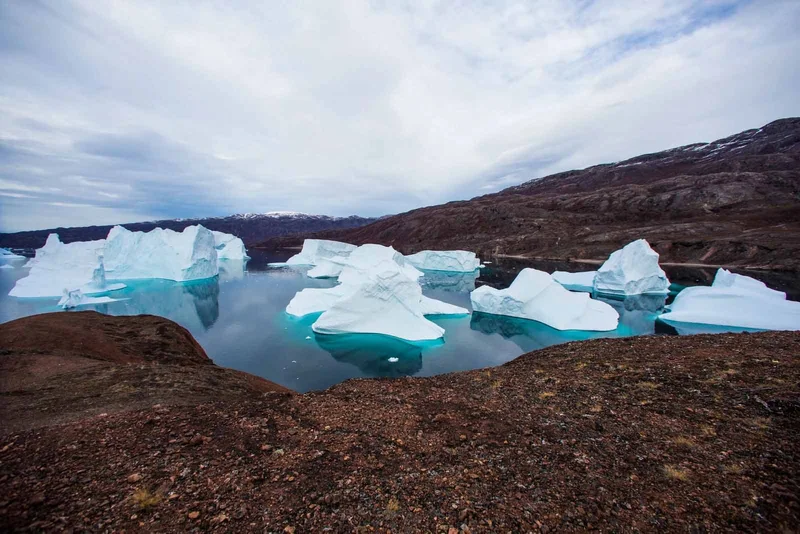
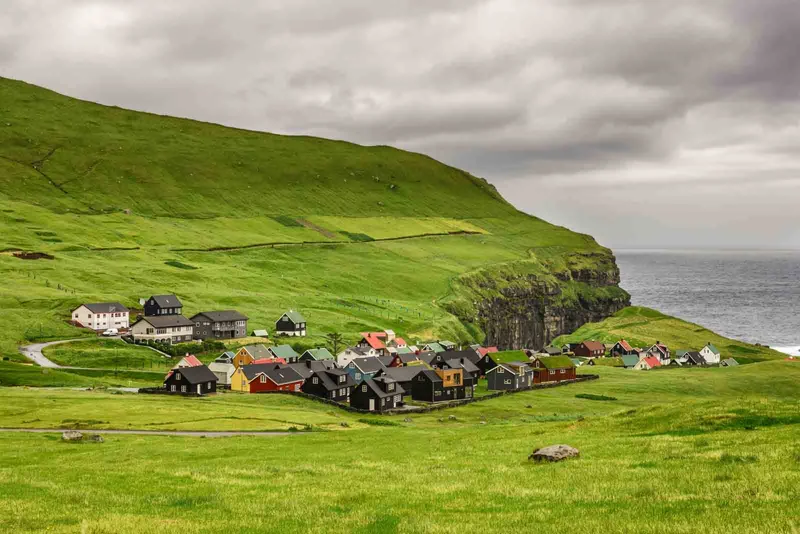
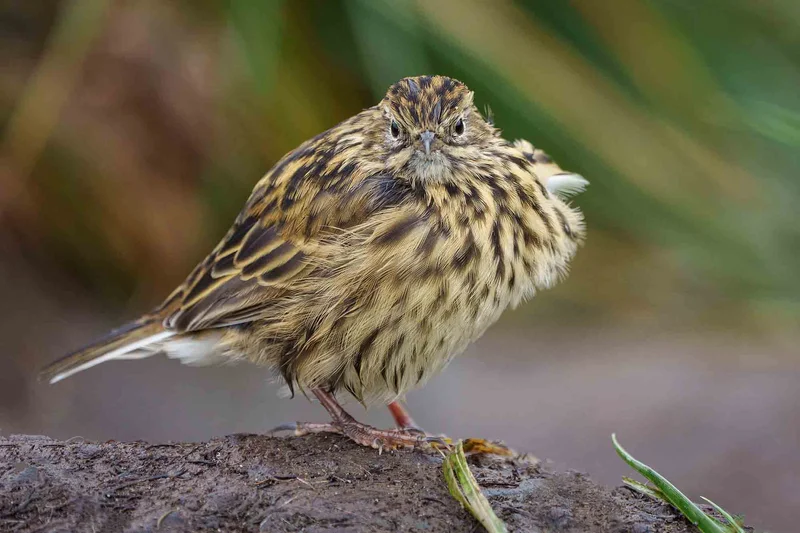
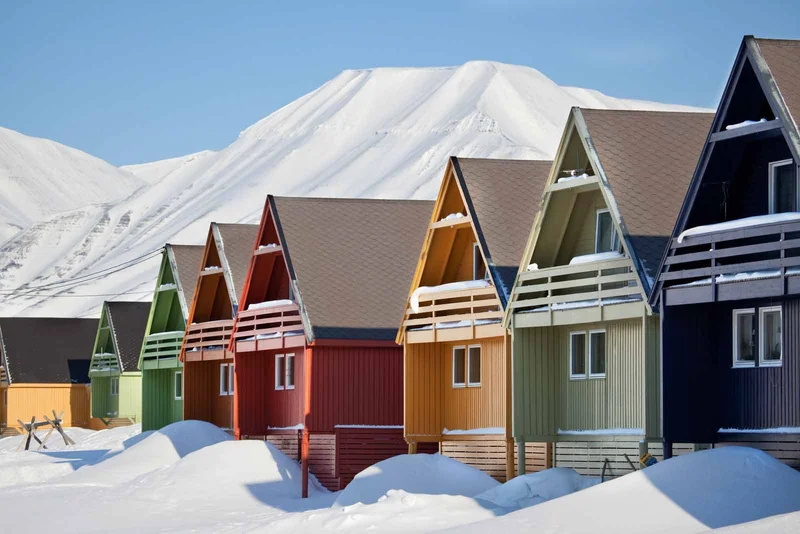
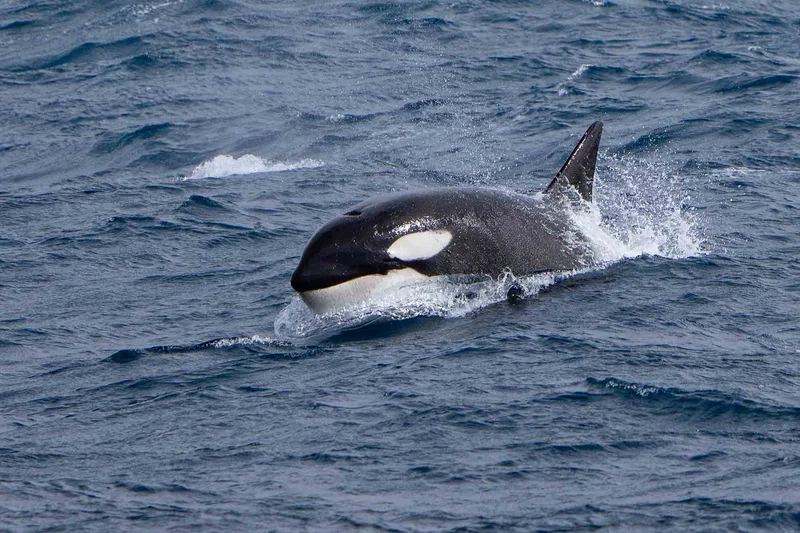
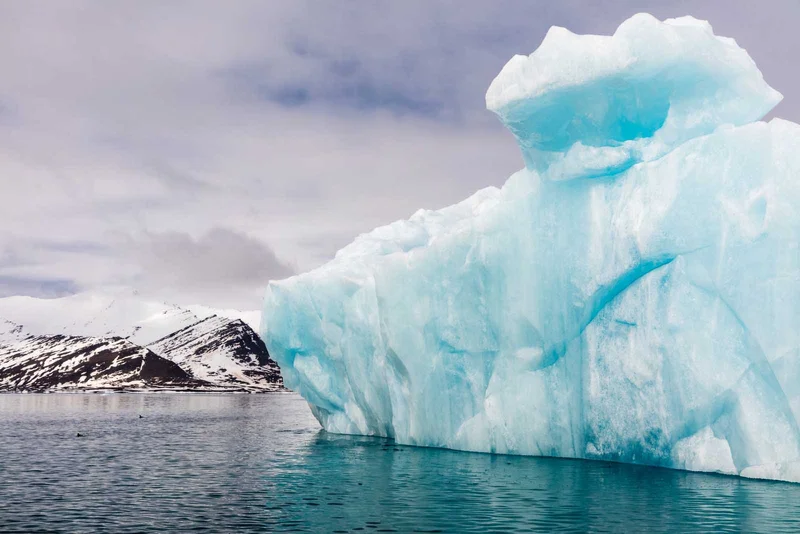
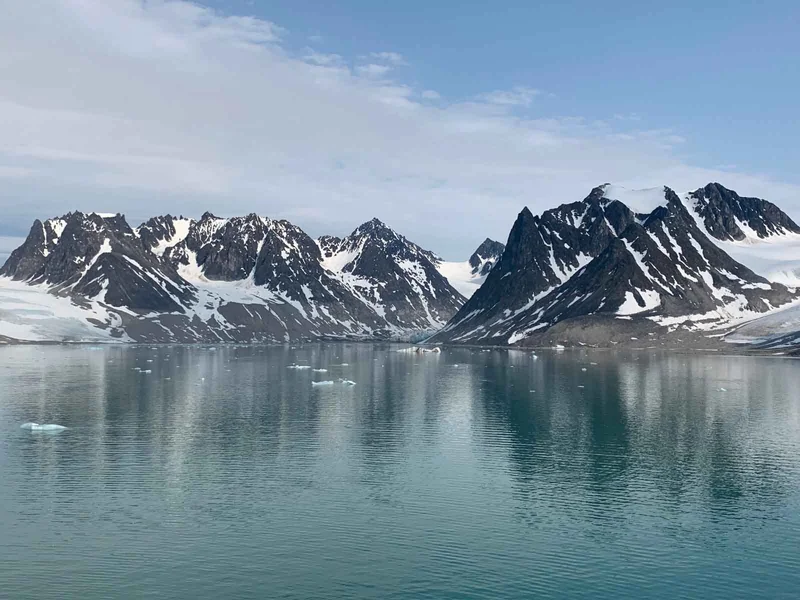
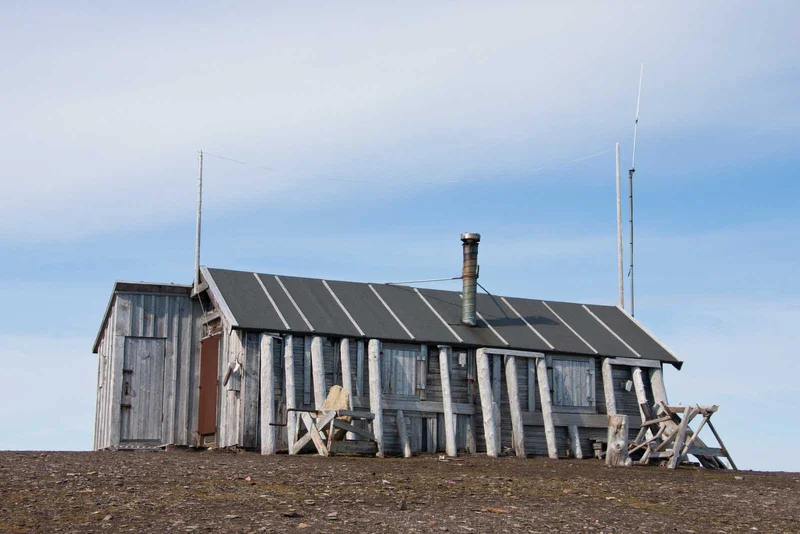
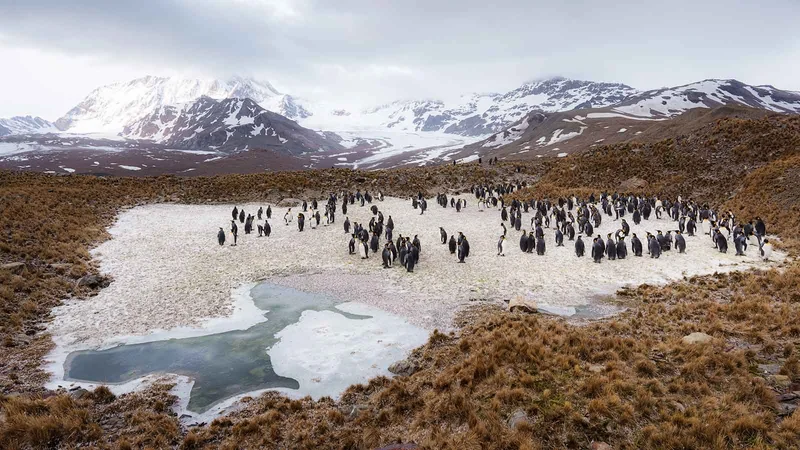
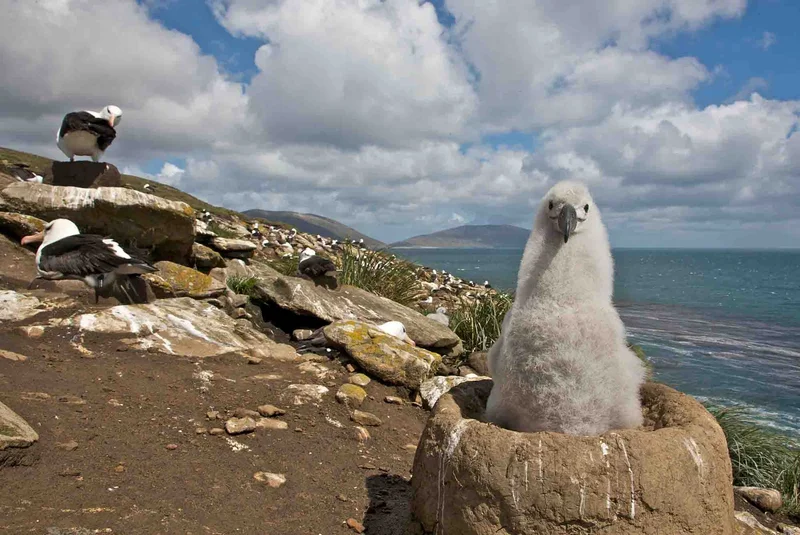
12 Day Artic Itinerary Includes
- Group transfer to the ship on day of embarkation
- Group transfer to airport or central location upon disembarkation
- Shipboard accommodation
- All scheduled landings/excursions
- Leadership throughout the voyage by our Expedition Leader & Expedition Team
- Leadership throughout the voyage by our Expedition Leader & Expedition Team
- WiFi on board
- All meals on board throughout the voyage
- Tea and coffee station 24 hours daily
- Branded Poseidon Expeditions parka
- Rubber boots for shore landings for the time of the cruise
- Welcome and Farewell cocktails
- All port fees
- Predeparture materials
- Digital Voyage Log
12 Day Artic Itinerary Does not Include
- Visa and passport fees (if applicable)
- Luggage and trip cancellation insurance
- Soft drinks and alcoholic beverages other than those for special events and celebrations
- Personal expenses such as laundry and telecommunication charges
- Mandatory Emergency Evacuation Insurance to a minimum benefit of US$ 200,000 per person
- Staff gratuities
12 Day Artic Itinerary Highlights
- Embark on a thrilling journey around Spitsbergen, Svalbard's largest island, where each day brings new adventures.
- Discover the rugged beauty of South Spitsbergen National Park, where towering glaciers and historic whaling sites await exploration.
- Delve into the pristine wilderness of the Southeast Svalbard Nature Reserve, home to endemic reindeer, Arctic foxes, and stunning Arctic.
- Venture into the remote Northwest Svalbard Nature Reserve, where towering ice caps and vibrant seabird colonies.
- Explore the fascinating museum in Ny Alesund, gift shop, and post office.
Itinerary Map
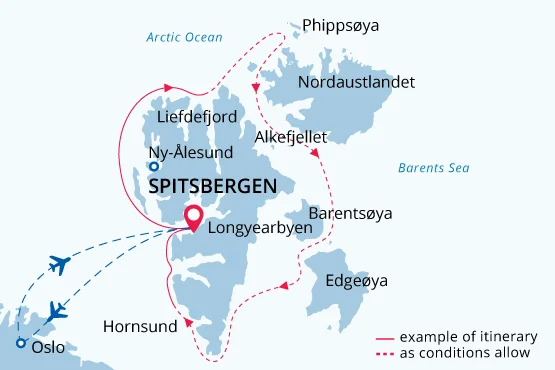
12 Day Arctic cruise activities
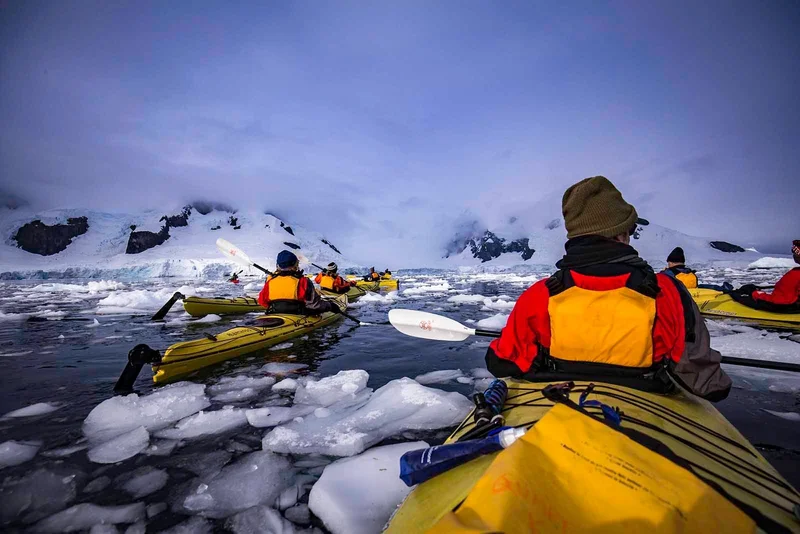
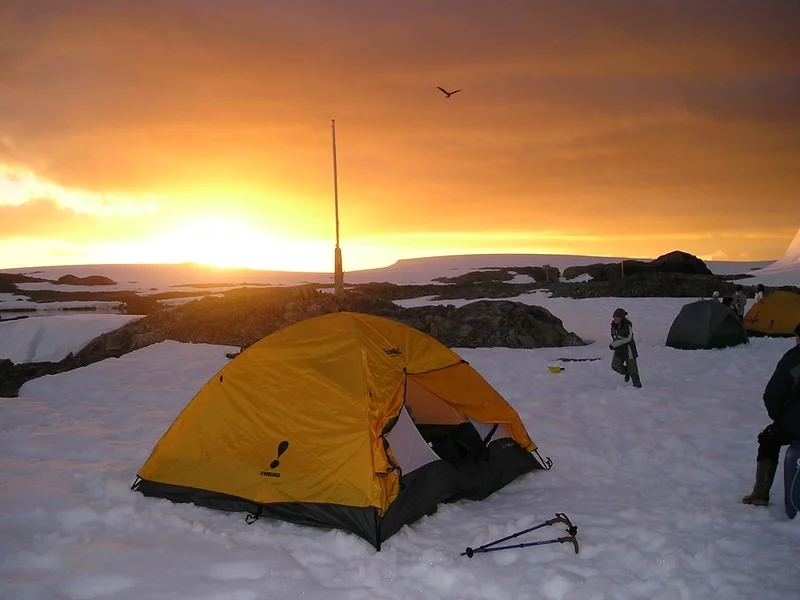
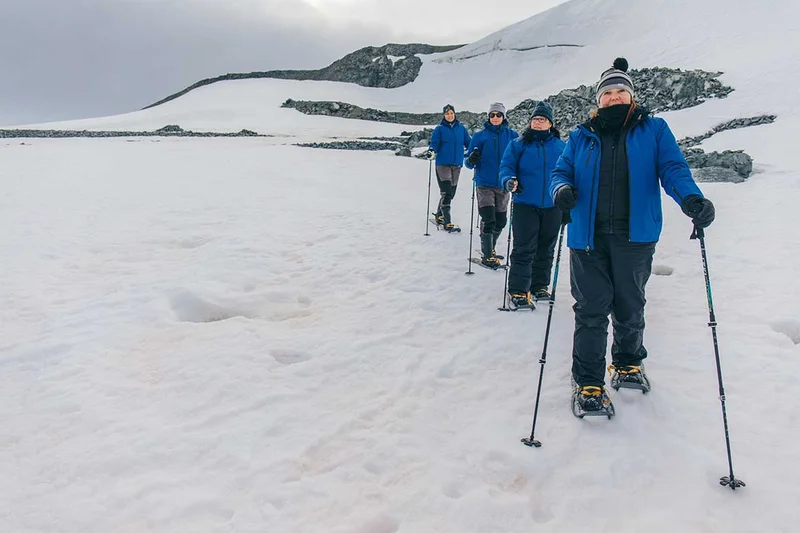
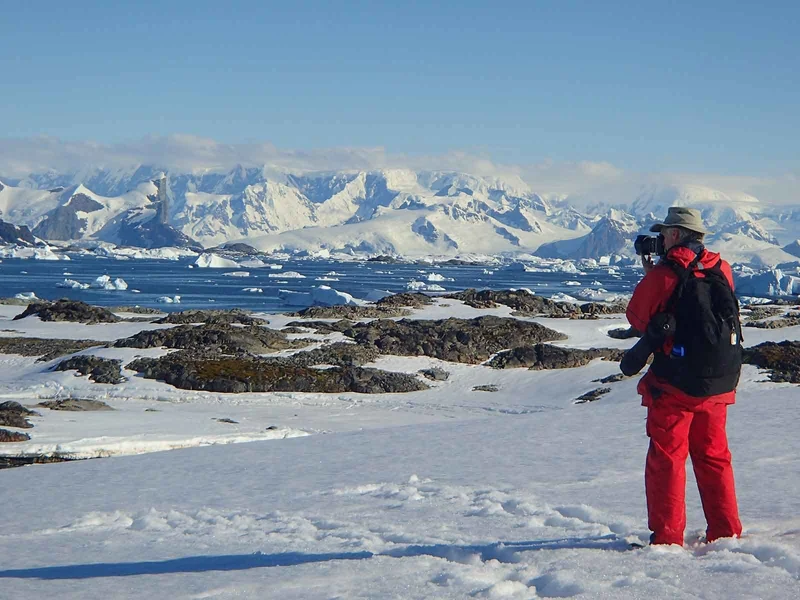
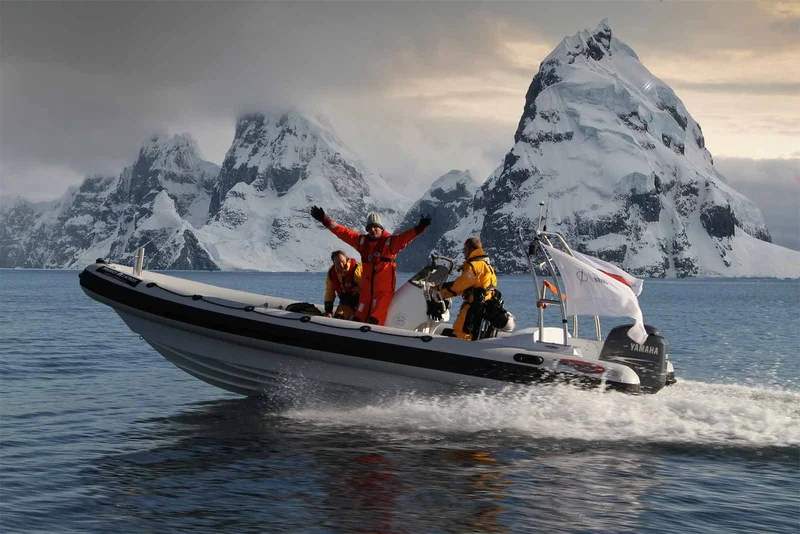

Animals you might see on this itinerary
Best of Svalbard
Why travel with us?
Would you like to know why booking with us is the best choice?
Discover the BenefitsSimilar Itineraries
